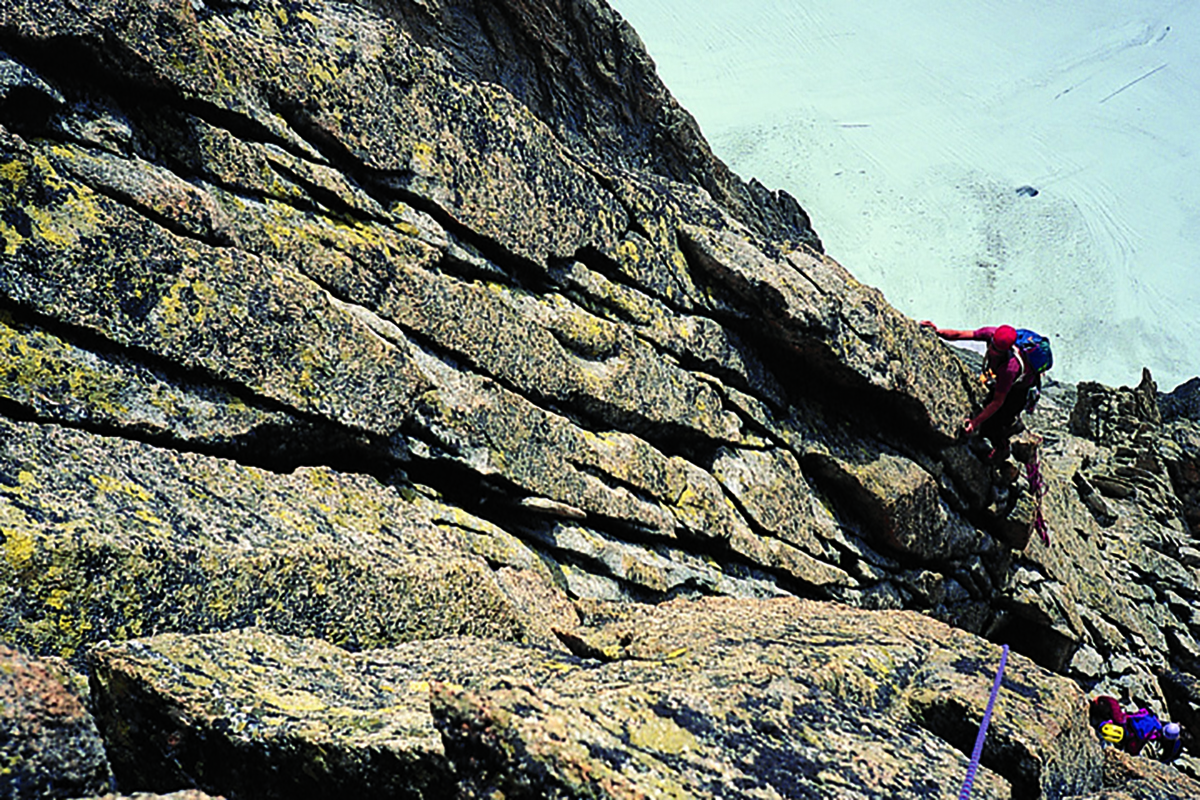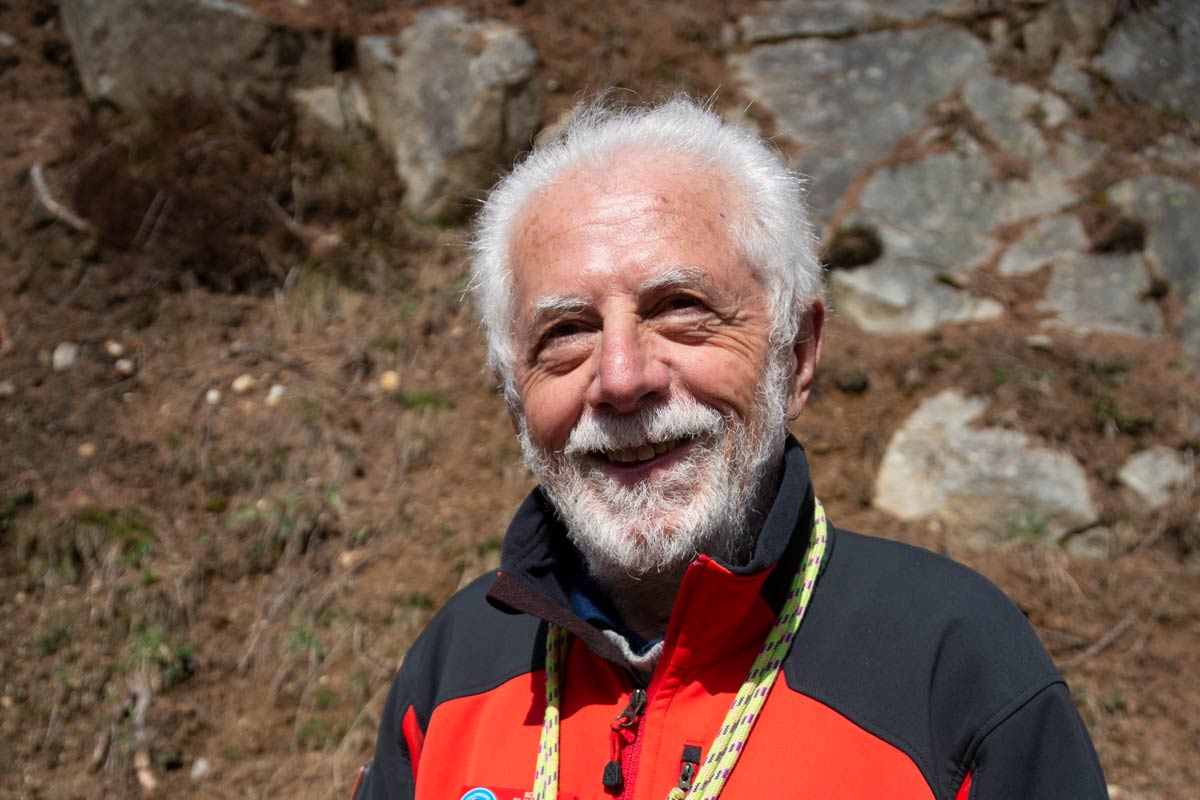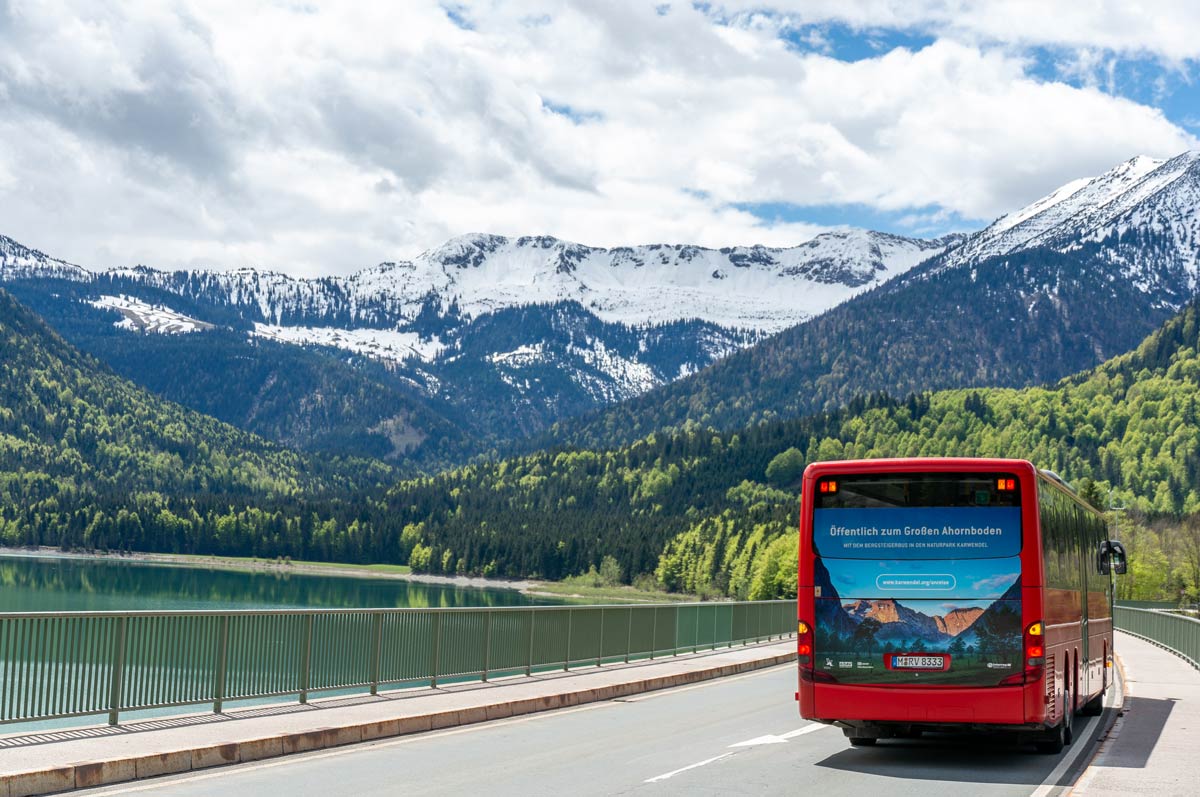The UIAA first published the ‘UIAA Recommendations on the Preservation of Natural Rock for Adventure Climbing’ in 2014. The document, spearheaded by longstanding UIAA Management Committee member Doug Scott, evaluated the history and appeal of different forms of rock climbing, and considered earlier attitudes to fixed gear. It also considered how the case for adventure climbing can be re-stated more effectively and offered guidance to UIAA member federations in developing countries on how to sustain the balance between sport and adventure climbing. An earlier attempt to strike a balance was put together in a document “To Bolt or Not to Be” by Robert Renzler and his team which was approved by UIAA Council in 2000.
Since indiscriminate bolting continued Doug Scott and his team made this further attempt to preserve rock for trad climbing where appropriate and with extended Appendices. The Appendices offer the views of leading climbers and climbing thinkers on how progress can be made in reaching a more balanced approach to meeting the needs of adventure and sport (specifically rock climbing on bolted routes) climbers and the environment.
This paper focused on three kinds of climbing:
- Adventure or traditional climbing: The common feature was and is that the “traditional” climbing team leaves no trace of their passage and is thus considered environmentally friendly.
- Sport Climbing (specifically rock climbing on bolted routes): Refers to rock climbing characterised by permanently fixed, generally bomb-proof anchor points which are typically a bracket and bolt inserted into a drilled hole and usually glued into place.
- Bouldering: Refers to a style of rock climbing (on natural rock) usually less than five metres without rope and with just climbing shoes, a chalk bag and a mattress-like crash mat.
Three years on from its publication, Doug Scott recently reflected on both the paper’s origins and its subsequent impact: “The main reason for the document on Preserving Natural Rock for Adventure Climbing was simply because in all countries of the world during the last 30 years the amount of rock left undrilled for leader-placed protection has become less and less and in some countries such as Hungary has become non-existent. The move to drill rock on a large scale began in Switzerland and France, quickly spreading to the rest of Europe and more so now all around the world with the advent of the cordless drill and indoor climbing walls.”

The popularity of climbing as a sport is in the ascendancy and Scott identifies a significant development which will nurture further growth: “With the IOC accepting competition (indoor sport climbing) for the Tokyo 2020 Olympics undoubtedly the number of climbing walls will multiply and the number of climbers venturing outdoors will also proliferate. There will be a consequent demand for even more fixed anchors in the outdoors so it is timely that the UIAA has a document reminding everyone of climbing’s glorious past when climbers had to protect their own life and face up to more uncertainty as to the outcome of their climb. It will be a useful means of keeping Traditional Climbing alive.”
The document’s initiatives and guides for UIAA member federations have been particularly appreciated as Scott reveals: “The document has been useful to several individuals and various climbing federations around the world who are struggling to preserve some of their rock for adventure climbing including New Zealand, South Africa, Argentina, Armenia, Turkey, Switzerland “keepwild!climbs” the Spanish Catalonia region and more recently Norway and France where young climbers have made their own appeal. For further details click here.
At the 2016 UIAA General Assembly, the Norwegian Alpine Club, presented the subject ‘Norwegian Style, an appreciated but threatened climbing ethic’. Norway is one of the areas of the world which has faced challenges in terms of bolted routes and increased commercial interests, although, as Scott reports, in many places the situation is stable. “Fortunately the majority of countries seem to co-exist quite reasonably with Sport Climbing and Traditional Climbing although it is less likely to be contentious if they take place on separate crags, one for Sport Climbing and one for Traditional Climbing. The UK is particularly fortunate in this co-existence and it can be claimed to be a huge British success story that the line on drilling was drawn long ago and has mainly held ever since. I should add that this is largely due to the wise deliberations and advice given by the British Mountaineering Council.”
Promotion of Paper:

At their recent meeting held in Keswick, UK, the UIAA Mountaineering Commission discussed plans to disseminate the paper more widely and internationally.
These ideas include:
- Translation of the paper in several languages
- Working with the UIAA Training Panel to to give practical help and encouragement by instructing the coachers in the best way to teach traditional climbing as well as sport climbing.
- The UIAA will locate and distribute or commission DVD films and literature about adventure climbing suitable for developing countries and young people.
- The UIAA helps climbers attend international adventure-climbing meets. Support and encouragement will also be given through instruction at youth camps in areas of need, mainly through the Youth Commission.
- The UIAA will actively look at ways and means of enabling developing countries to obtain self-protection/trad equipment direct from climbers and climbing organisations in developed countries and also from manufacturers. It will also look into moving equipment to developing countries via contacts made through social media.
- The UIAA suggests that each federation forms a separate traditional climbing committee/group consisting of regular climbers, guide book editors and older, experienced traditional climbers. It could then easily liaise with the UIAA through the MC on all the above initiatives.
- The UIAA considers it advantageous to connect with initiatives already underway to tackle the problem of keeping rock unbolted such as the Mountain Wilderness supported “keepwild! climbs” of Switzerland and “appel des jeunes grimpeurs et alpinists” of France – mountainwilderness.org. The UIAA will endeavour to support and make their activities more widely known.
- Federations are recommended to lodge their policy statements on drilling with the UIAA website, org. They could be useful when other Federations are formulating their own policies. Federations are also recommended to produce a paper to alert visiting climbers to the ethics they have applied.
- Federations are encouraged to produce a brief inventory of their rock environments under the categories “natural” or “bolted”. Many Federations have created a bolt fund to replace worn out corroded bolts. It would be helpful if the bolt fund were seen to be working both ways – not only to ensure good bolt protection but also to remove bolts that are in the opinion of the local consensus inappropriately placed.
- The UIAA has created a file in which Federations can record those visiting climbers who transgress the local ethics and either retro bolted existing trad routes or drilled on a crag that had been designated for adventure climbing only.
Supporting Documents:
‘UIAA Recommendations on the Preservation of Natural Rock for Adventure Climbing’
For further information please contact office@theuiaa.org
Main image: Hiendertellihorn SE-Wall in the Gruebenkessel/keepwildclimbs.ch



